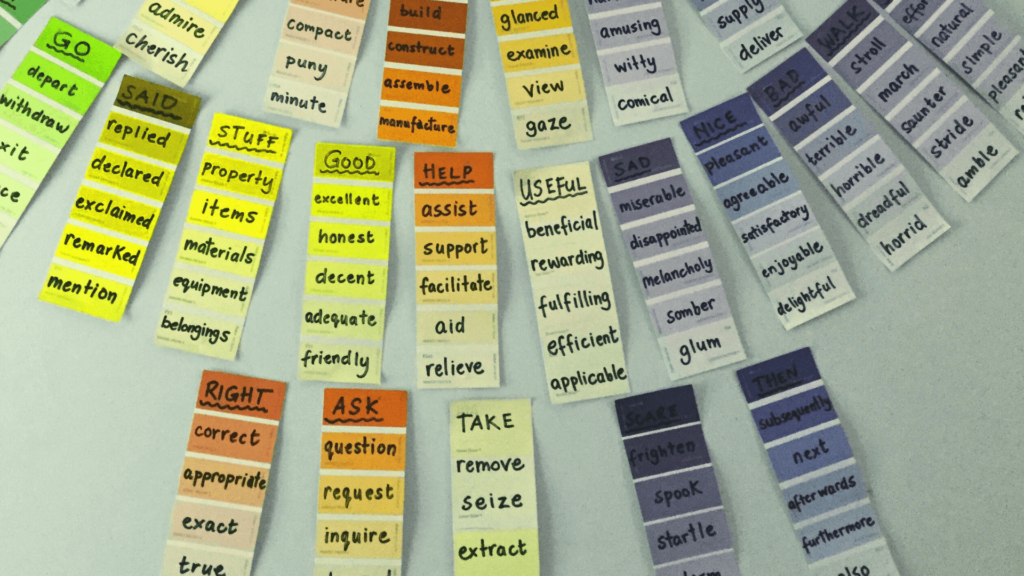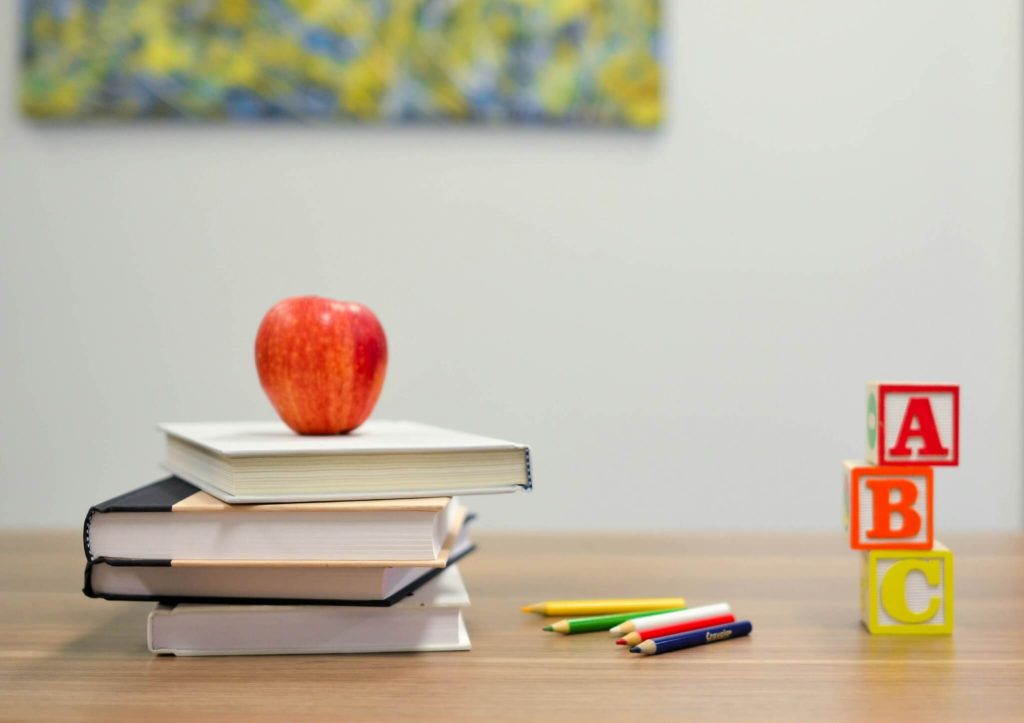
Before we dive into the fun activities, it’s important to remember only to use the letter sounds that your child has already been taught, whether that’s in line with their school’s phonics programme or what you’re teaching at home. Children need to have a strong grasp of the sounds they’ve already learned before they can play and explore new ones. This way, they’ll feel more confident and get the most out of these activities. So, let’s keep it simple and focus on reinforcing the sounds they know!
As a parent, you’re your child’s first teacher, and supporting their phonics learning at home can make a world of difference in their reading and writing journey. The good news is that you don’t need to be an expert to help—just a little bit of time, some fun activities, and a lot of encouragement will go a long way. Here’s how you can get started based on your child’s stage of learning.
1. Fun ways to teach phonics
Phonics games for preschoolers up to 6 years
For younger children who are just beginning to develop phonemic awareness, games are a great way to introduce sounds and letters.
– Sound Hunts: Perfect for 3-5-year-olds starting to connect sounds with objects around them. Focus on one or two sounds per session to avoid overwhelm.
– Phonics Bingo: For 4-6-year-olds who already recognise some letters and sounds. This game helps reinforce what they’re learning in school.

– Singing and Dancing: Ideal for younger children (ages 3-5) as they develop their listening skills. Phonics songs with movements help early learners retain sounds in a fun, active way.
2. Early reading skills – Read Together Every Day
Suitable for: Ages 4-8 (Developing Readers)
Reading together works wonders across different ages, but the approach can vary depending on your child’s development.
– Sound Emphasis: For 4-6-year-olds, focus on simple words with clear sound patterns (CVC words like “cat” or “dog”). Older children (6-8) can start exploring more complex word structures and sight words.
– Echo Reading: Particularly helpful for children aged 5-7 who are learning to match spoken and written words. This method reinforces sound-letter connections and improves fluency. Recording yourself reading a short segment of a book is a great activity. I have done this with reluctant readers. They love listening and following the story in the book. Especially if you make mistakes and you ask them to look for any mistakes that are made. Kids find it hilarious that you got it wrong and they correct you!
– Phonics-Focused Books: These are great for 5-8-year-olds who have started recognising patterns like word families (e.g., cat, hat, bat) and blending sounds to form words.
3. How to teach phonics at home – Create a Print-Rich Environment
Suitable for: Ages 3-7 (Emerging Readers)
Creating a print-rich environment is beneficial for children who are just beginning to recognise letters and words.
– Label Everything: For preschoolers to aged 6. Seeing labels around the house helps connect print with the physical world. Older kids (6-7) can start to practise reading and even writing the labels themselves.
– Magnetic Letters: Best for ages 4-6 as they begin forming simple words and experimenting with spelling. It’s a playful, hands-on way to build familiarity with letters. Magnetic letters don’t only stick to fridges, they stick to baking trays too!! Here are some other things you can do with magnetic letters.
– Word Walls: Great for 5-7-year-olds who are learning high-frequency words and building a alternative vocabulary for overused words. You can introduce more complex words as they progress. I use paint cards from a good DIY store to make a colourful wall display.

4. Practise Writing
Suitable for: Ages 4-8 (Early Writers)
Writing helps all children but tailoring it to their stage of learning will help them improve more effectively.
– Sound It Out: For 4-6-year-olds just starting to sound out and spell basic words for early reading skills. Encourage them to spell with each sound in the right order, even if it’s not perfect. Older kids (7-8) can start focusing on correct spelling and longer words.
– Letter Tracing: Perfect phonics for toddlers to age 5 who are still working on letter formation. Use tactile methods like tracing in sand or shaving foam to make it more engaging.
5. Be Patient and Encouraging
Suitable for: All Ages
Patience and encouragement are essential for every age, whether your child is just starting to recognise sounds (ages 3-5) or mastering more complex words and spelling (ages 6-8). Celebrate their successes, no matter the stage!
6. Use Everyday Moments
Suitable for: Ages 3-8
Incorporating phonics into daily routines works well at every stage of development, though the complexity of the activities should be tailored to your child’s age.
– Cooking: With younger children (ages 3-5), focus on simple sound recognition like the beginning sound of ingredients (“What sound does carrot start with?”). Older kids (6-8) can take it further by spelling out ingredients or writing shopping lists.
– Shopping: For children aged 3-5, practise identifying initial sounds of items in the shop. For older kids (6-8), encourage them to help write and read the shopping list, focusing on spelling.
– Car Rides: Ages 4-8 can enjoy “Road Trip Spotter” games with sounds. Younger children (4-5) will focus on identifying sounds, while older ones (6-8) might be able to spell or write down what they spot.

Supporting your child’s phonics learning at home doesn’t have to be complicated or time-consuming. With these simple tips, tailored to their age and learning stage, you can make phonics fun and a natural part of your daily routine. Remember, your enthusiasm and encouragement are the best tools you have, to help your child become a confident reader and writer!
Ready to take the next step? Subscribe to our newsletter for more tips and activities that will keep your child excited about reading and writing!


